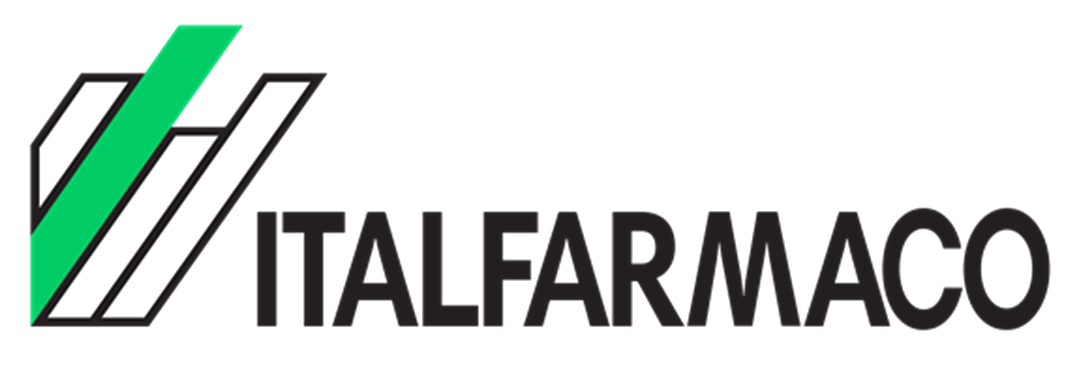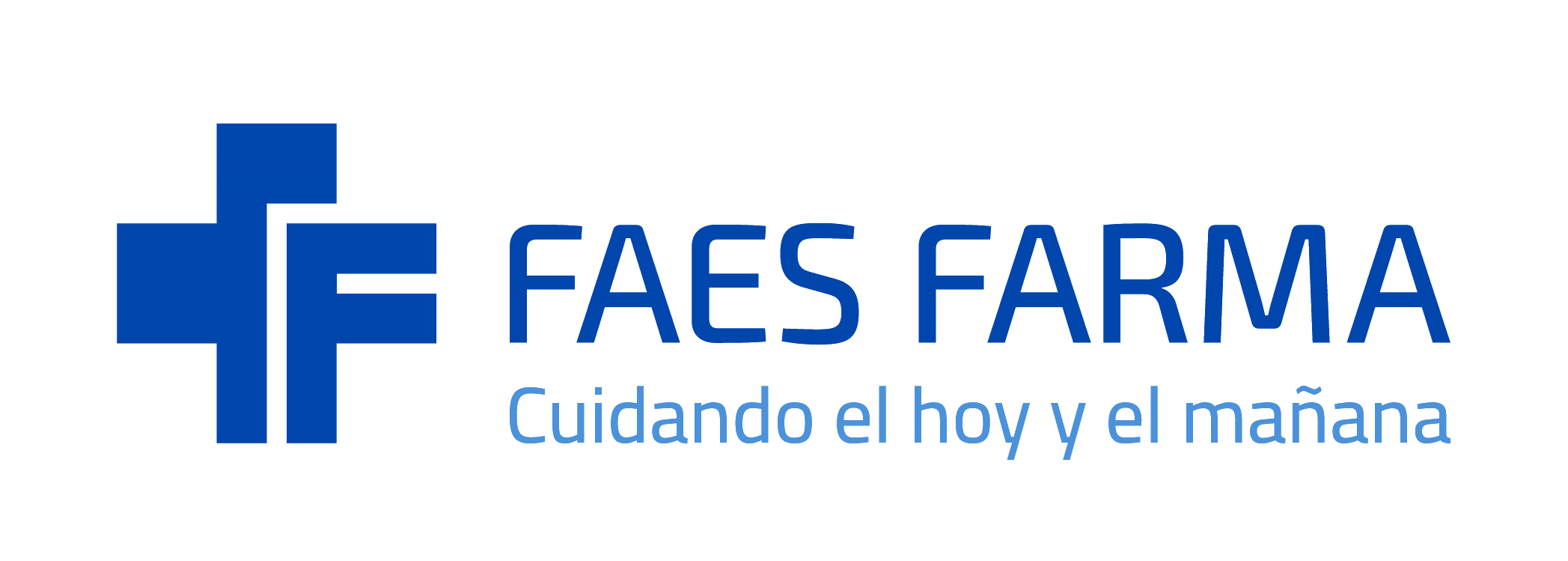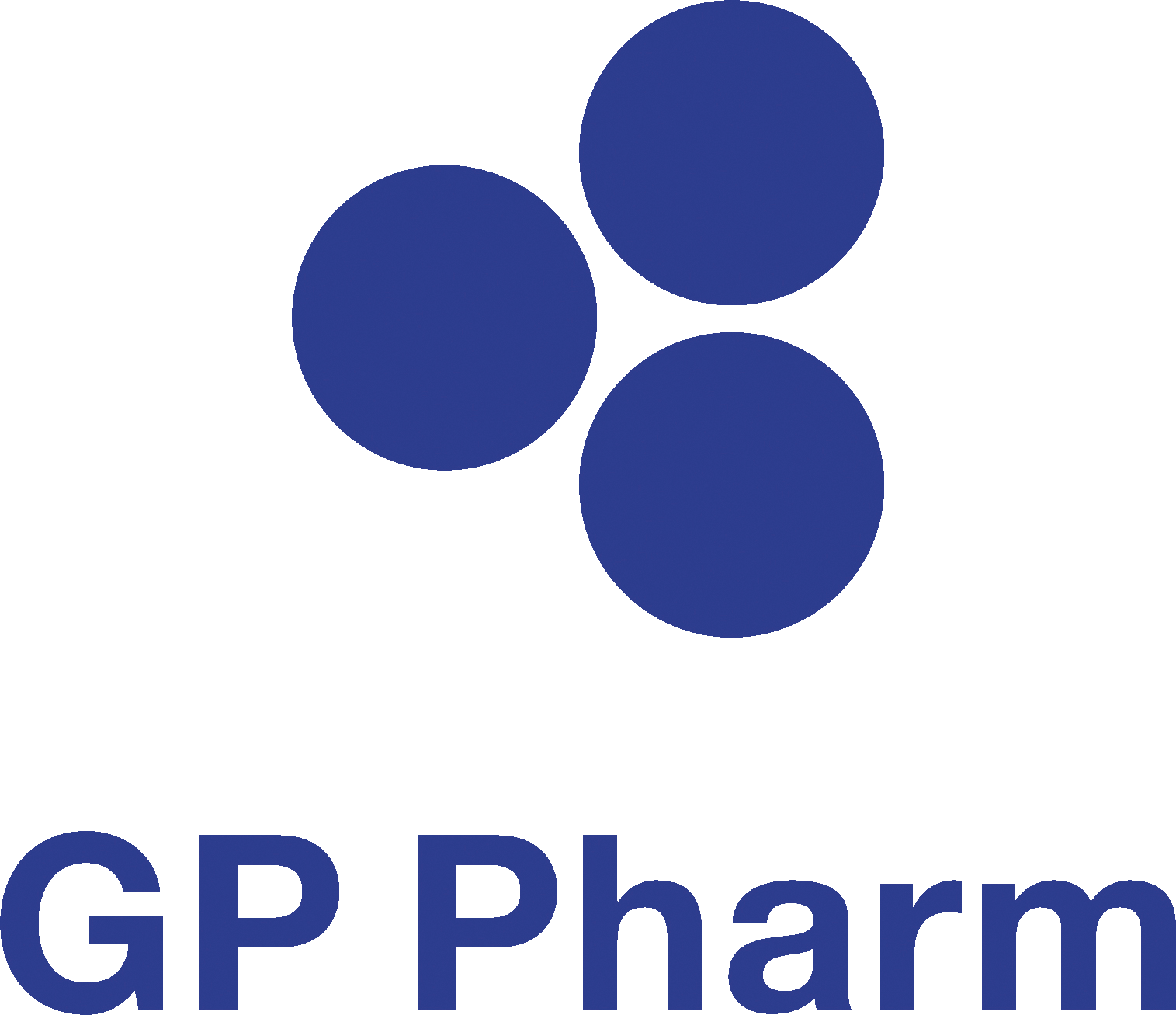Vitamin D insufficiency has deleterious consequences on health outcomes. In elderly or postmenopausal women, it may exacerbate osteoporosis.
Introduction
Few subjects have been the source of as much discussion in the medical community in recent years as vitamin D. Lack of vitamin D has well known direct effects on bone health. This occurs via the deregulation of calcium homeostasis and increased serum parathyroid hormone (PTH), which negatively affects bone remodeling by increasing bone resorption1–3. In elderly or postmenopausal women, this may exacerbate osteoporosis. Vitamin D insufficiency has a variety of causes (Table 1)4,5, including reduced endogenous synthesis, decreased availability, and concomitant diseases. The risk factors for vitamin D insufficiency are related to race, latitude, exposure to sunlight and ability to tan, and cultural attitudes to supplementation and general health6. The indications for screening include bone diseases, old age (particularly in case of falls or fracture), malabsorption syndromes, and certain medications (Table 1)4,5.
The deleterious consequences of vitamin D insufficiency increase with the degree of the lack of vitamin D. Despite this, there is currently no clear consensus on definitions of vitamin D deficiency and insufficiency1. For the purposes of this review, we propose the terms laid out in Table 2, and interpret them in terms of serum 25-hydroxyvitamin D (25-(OH)D), which is considered to be the best biomarker of vitamin D status7,8. Thus, we define individuals with serum 25- (OH)D levels below 25 nmol/L (i.e. 510 ng/mL) as having ‘vitamin D deficiency’.
Above this level, ‘vitamin D insufficiency’ identifies individuals with serum 25-(OH)D levels greater than 25 nmol/L, but less than 50 nmol/L (i.e. 520 ng/mL). Individuals with levels above 50 nmol/L (i.e. 20 ng/mL) are defined as ‘vitamin D sufficient’. The upper limit of adequacy, i.e. the level above which adverse effects are possible, is defined as 125 nmol/L9.
Vitamin D insufficiency is widespread10–12, and is present in every region of the world. The rates of vitamin D deficiency are highest in the Middle East and South Asia11. In elderly populations in Europe, vitamin D insufficiency is more common in the south than in the north, and more likely in women than in men13. It may be present in as many as 50% of women with osteoporosis14. The frequency of vitamin D insufficiency increases with age due to reduction in exposure to sunlight, poor nutrition, and a decrease in the capacity to produce vitamin D3 in the skin15. The prevalence of vitamin D insufficiency is increasing – despite current recommendations for supplementation16 – and it is an
emerging health problem11.
The European Society for Clinical and Economic Aspects of Osteoporosis and Osteoarthritis (ESCEO) last met on the subject of vitamin D in 2008, when it produced recommendations on the role of calcium and vitamin D in the management of osteoporosis17. The main conclusion of the consensus document was that there is a rationale to supplement patients with osteoporosis, and those at increased risk for the disease, to ensure that serum 25-(OH)D levels remain above 50 nmol/L. Oral supplementation (800 IU/day) was recommended in osteoporotic patients, ideally in combination with calcium 1000 mg/day to improve compliance and efficacy. The ESCEO also considered the upper limit
for safety to be 10,000 IU/day vitamin D, though agreed that the level for intoxication is likely to be higher than this. The ESCEO 2008 recommendations are in line with the current joint recommendations of the ESCEO and International Osteoporosis Foundation (IOF) for the management of postmenopausal osteoporosis, which cite at least 1000 mg/day calcium and 800 IU/day vitamin D in men and women aged over 50 years18.












